Understanding the Gaza Ceasefire Agreement
On January 19, 2025, a ceasefire agreement between Israel and Hamas marked a pivotal moment in resolving a 15-month-long conflict in Gaza. This Gaza ceasefire agreement, brokered by Qatar, Egypt, and the United States, has been welcomed as a significant move toward regional stability, conflict resolution, and humanitarian relief. The agreement underscores the importance of diplomatic negotiations in the Middle East peace process.
A Critical Step To end genocide


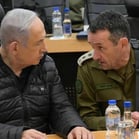

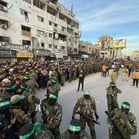
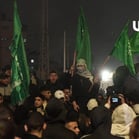



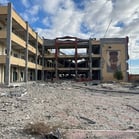


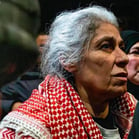





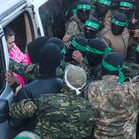


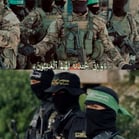

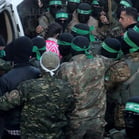





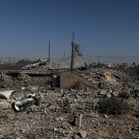


Phases of the Gaza Ceasefire Agreement
Initial 42 Days: This phase includes the release of 33 hostages, primarily women, children, and elderly individuals, in exchange for hundreds of Palestinian prisoners. Additionally, over 630 humanitarian aid trucks will enter Gaza to alleviate the severe humanitarian crisis. This phase demonstrates the significance of prisoner exchanges and humanitarian aid delivery in fostering trust.
Source: The Times
Middle Phase: This step involves further prisoner exchanges, the withdrawal of Israeli forces from Gaza, and addressing internal political pressures within Israel that challenge the agreement’s terms. Ensuring compliance in this phase is critical to the success of the ceasefire process.
Source: New York Magazine
Reconstruction Efforts: The final phase will prioritize Gaza’s reconstruction, including rebuilding homes, restoring infrastructure, and laying the groundwork for long-term stability. This phase highlights the role of international cooperation in addressing the consequences of armed conflict.
Source: The Guardian
Global Reactions to the Ceasefire
United States: President Joe Biden expressed optimism about the agreement’s potential for peace, emphasizing the importance of diplomacy in achieving sustainable solutions. Former President Donald Trump, while endorsing the ceasefire, highlighted the complexities of ensuring long-term compliance.
Source: The Times
United Nations: Secretary-General António Guterres underscored the necessity of sustained humanitarian support and adherence to the agreement to mitigate the impact of the humanitarian crisis in Gaza.
Source: SBS
European Union: EU officials reiterated the need for a comprehensive political solution that addresses the root causes of the conflict, such as the Gaza blockade, settlement expansion, and broader human rights concerns.
Challenges Facing the Gaza Ceasefire
Despite its promise, the Gaza ceasefire agreement faces numerous challenges:
Commitment to Terms: Ensuring both parties adhere to the agreement’s terms is critical. Ongoing political tensions within Israel and among Palestinian factions pose significant risks.
Humanitarian Needs: The severe conditions in Gaza, compounded by decades of economic blockade and conflict, necessitate immediate and sustained international humanitarian aid efforts.
Political Resolution: Addressing systemic issues such as the Gaza blockade, settlement activity, and broader human rights violations is essential to achieving lasting peace.
Toward Ending the Occupation: Free Palestine from the River to the Sea
The Gaza ceasefire shines as a beacon of hope in a region fraught with persistent conflict. Its success depends on active engagement from the international community, the commitment of regional stakeholders, and the implementation of measures to rebuild trust and ensure lasting stability. As the world watches, this agreement stands as a testament to the power of diplomatic solutions in addressing the profound challenges of the Middle East peace process.
